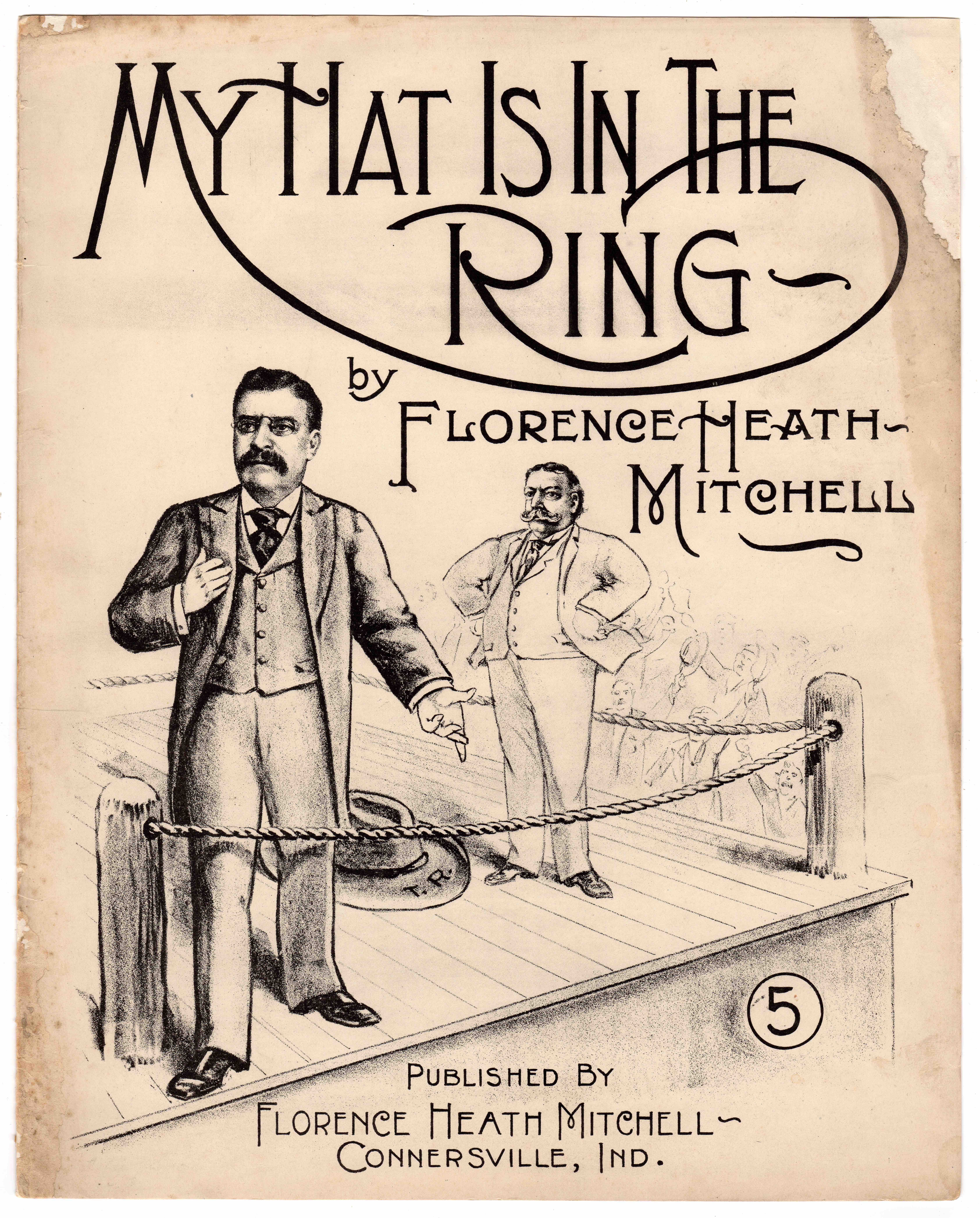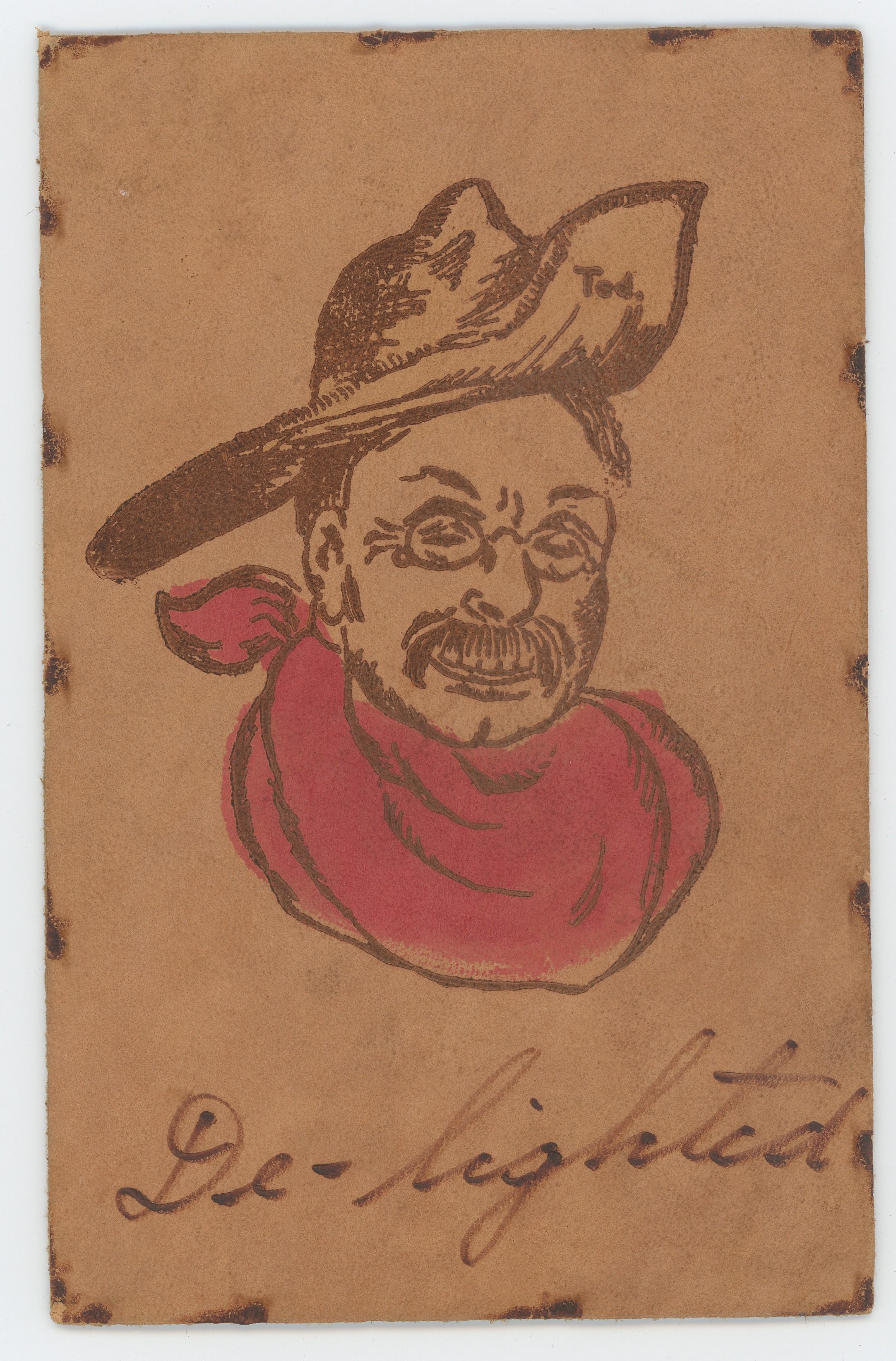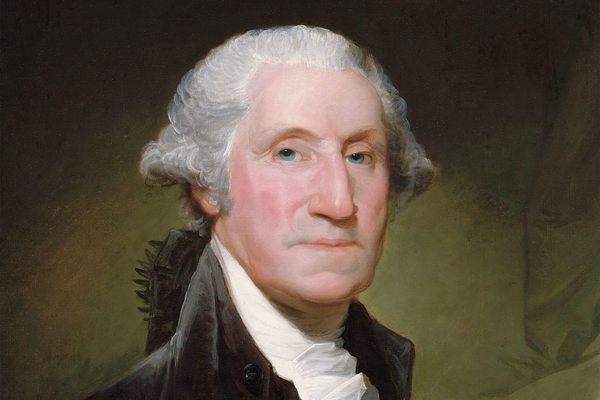The Obscure Presidential Cocktail That Made You Pick Sides
In 1912, the way you drank a “Teddy Hat” signaled support for Roosevelt or Taft.
Enough was enough. Someone had to challenge the current president for the Republican nomination, and it was going to be him. “My hat is in the ring,” former president Theodore Roosevelt told W. F. Eirick, a local politician in Cleveland, Ohio, on February 21, 1912. And thus began Roosevelt’s run for an unprecedented third term for the presidency.
Eight years earlier, Roosevelt had soundly won the 1904 presidential election and thought he wouldn’t consider running again. He even issued a public statement saying so. Instead, he promoted his friend and cabinet member, William Howard Taft, as his presidential successor, confident that Taft would continue the progressive policies Roosevelt had put into place during his presidency.
Roosevelt was so sure of Taft’s ability to run the country that he left the United States after his successor was sworn in as president in 1909 to begin a yearlong trip on safari in Africa. But while he was still abroad, Roosevelt began to have doubts when he heard about Taft’s political decisions from letters and newspapers. He was particularly infuriated that Taft fired Gifford Pinchot, a man Roosevelt selected to head the U.S. Forest Service.

When Roosevelt returned to the United States in June 1910, he was greeted by a million people, many of whom identified more with Roosevelt as their president than with Taft. At first, Roosevelt avoided speaking negatively about his former friend. But as Taft increasingly undid Roosevelt’s policies, the former president began to express his doubts. In November 1911, he wrote an article in The Outlook, a weekly magazine, criticizing Taft’s decision to initiate a lawsuit against U.S. Steel, a corporation created during Roosevelt’s presidency that Taft “never protested against” as a member of his cabinet. By late 1911, Roosevelt was even expressing privately in letters to friends about running again if the American people wanted him, saying he would accept the nomination only if “there was a genuine public demand.”
On February 21, 1912, Roosevelt made his presidential candidacy official. The image of his hat in the ring captured the American consciousness, and the phrase began to appear in newspaper articles, political cartoons, campaign swag like pins, and even sheet music.
Roosevelt campaigned across the country in an attempt to win a sufficient number of primary elections to become the Republican nominee instead of Taft. Although Roosevelt won the vast majority of delegates in states holding primary elections—some states still used the older party-convention style—party leaders supported Taft and intended to nominate him at the Republican National Convention in Chicago from June 18 to 22, 1912.
As delegates began to arrive in the Windy City for the convention, a bartender at the Congress Hotel, Charles W. Svendsen, came up with a new idea for a drink—the Teddy Hat cocktail, capitalizing on the popularity of Roosevelt’s declaration to Eirick. The recipe consisted of orange bitters, raspberry syrup, Dubonnet, gin, and vermouth.

As historian Mark Will-Weber notes in Mint Juleps with Teddy Roosevelt, “[It] was the garnish that made this drink famous!” Bartenders cut a lemon peel into a shape like the distinctive Rough Rider hat Roosevelt had worn during the Spanish–American War of 1898 and tossed it into the glass—the “ring”—with a flourish. How drinkers responded to the lemon revealed their politics. If they tossed it out, they supported Taft. If they kept the lemon in, they supported Roosevelt.
Ironically, the man for whom the Teddy Hat cocktail was named wasn’t a big drinker. “Account books at Sagamore Hill indicate that Roosevelt really didn’t drink,” says Susan Sarna, senior curator of collections at the Theodore Roosevelt Presidential Library and former curator at Sagamore Hill National Historic Site. “He might have imbibed occasionally like when Archibald B. Roosevelt [one of Roosevelt’s sons] was awarded the French Croix de Guerre during World War I, but he didn’t drink to excess.” Instead, according to Sarna, TR was known much more for being a “coffee drinker and an eater.”
But that didn’t stop other Americans from drinking in Roosevelt’s honor. After the Chicago Tribune first reported on the Teddy Hat cocktail on June 11, 1912, information—including instructions on how to make the cocktail—soon spread across the United States. The drink remained fashionable throughout the summer even after Taft received the Republican nomination since Roosevelt created a new party, the Progressive Party (known colloquially as the Bull Moose Party). The Record-Journal of Meriden, Connecticut, called the drink “the frazzliest new cocktail.” But as election day drew closer, the drink’s popularity began to wane. Roosevelt’s loss on November 5, 1912, likely relegated the drink into memory—as the man who inspired the drink left the political scene permanently.

The Teddy Hat remained in obscurity until Will-Weber’s 2014 book included the cocktail in the chapter on Theodore Roosevelt. Even so, while the book created some buzz shortly after it was published, the drink is still largely unknown in American drinking culture.
But the man who gave rise to the Teddy Hat cocktail continues to inspire modern-day drinking with Roosevelt-themed bars scattered across the United States. Even though TR led a largely sober lifestyle, Sarna speculates that bars and cocktails have used Roosevelt’s likeness because “his image and name are so recognizable.”
One such bar is The Roosevelt Room in Ohio. Although the watering hole is Roosevelt-themed, they don’t serve the Teddy Hat cocktail. When I tell Saijal Andreadis Ryan, marketing director of Four Entertainment Group, the parent company of The Roosevelt Room, about the drink, it’s the first time she’s hearing of it. But, she says, “Who knows? We might include the Teddy Hat on a future menu.”
But you don’t have to wait for a bar to add it to their offerings. Make your own Teddy Hat cocktail with the below recipe.

Teddy Hat Cocktail
From the Chicago Tribune, published on June 11, 1912
Ingredients
- A few drops orange bitters
- 1/2 pony (0.5 ounce) raspberry syrup
- 1 pony (1 ounce) gin
- 1/2 pony (0.5 ounce) French vermouth
- One-half pony (0.5 ounce) Dubonnet
- Lemon peel cut in the shape of a Rough Rider’s hat
Instructions
-
Fill a mixing glass with ice and combine all the liquid ingredients.
-
Shake well and strain into a cocktail glass.
- Drop the hat into the drink as it is served.
Gastro Obscura covers the world’s most wondrous food and drink.
Sign up for our regular newsletter.




















Follow us on Twitter to get the latest on the world's hidden wonders.
Like us on Facebook to get the latest on the world's hidden wonders.
Follow us on Twitter Like us on Facebook